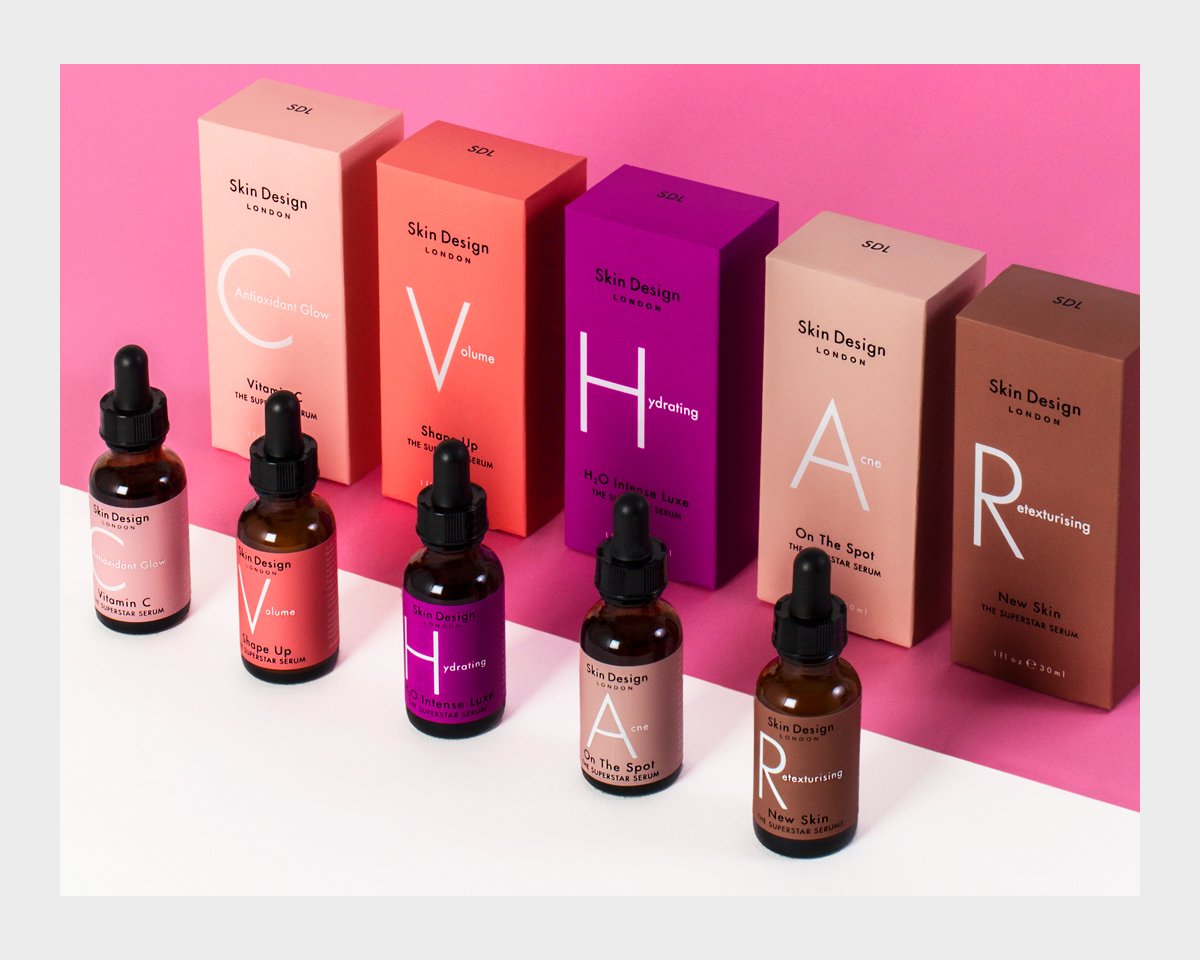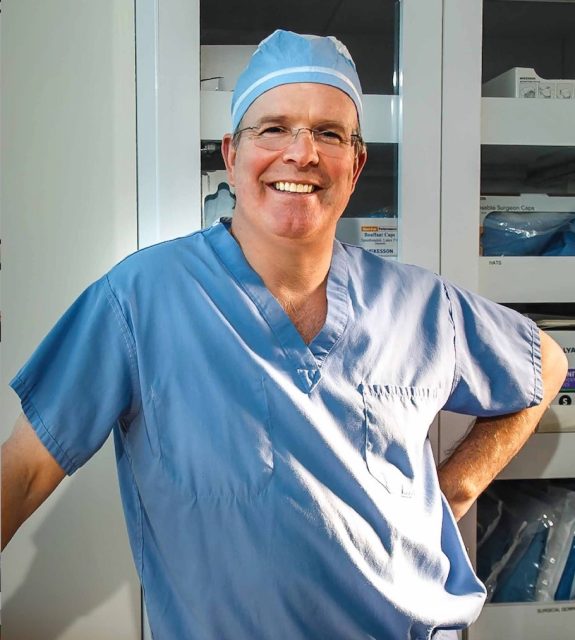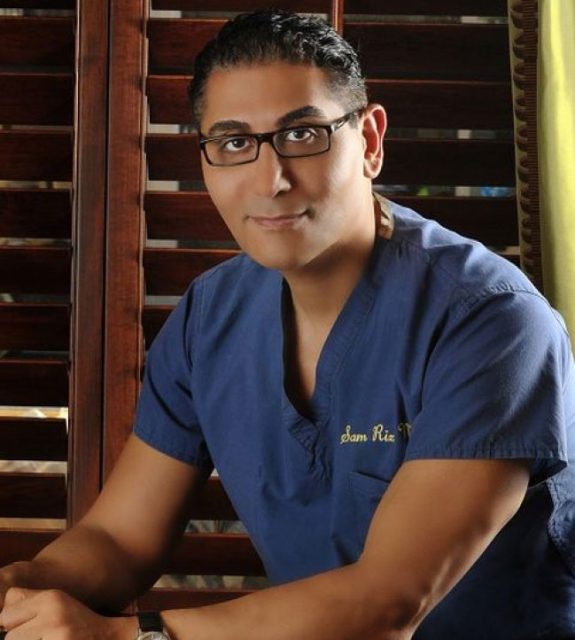Plastic surgery can be intimidating, especially when first deciding the procedure that would best fit your overall aesthetic goals. From fillers to facelifts, botox, rhinoplasty and everything in between, going under the knife can be scary and requires a lot of research. Which is why we've sat down with renowned plastic surgeon, Dr. Lucas Bryant who answers all the most frequently asked questions when it comes to rhinoplasty -- specifically, what exactly a liquid rhinoplasty is and the benefits of choosing that over surgery.
What is a liquid rhinoplasty?
Liquid rhinoplasty is a term that has started to be used when describing the use of injectable fillers to reshape the nose. The fillers used for this treatment are almost always from the hyaluronic acid family. This means they are very safe from an allergic or inflammatory reaction perspective. It also means they are slowly absorbed over time by your body, so the changes are not permanent. Usually, it lasts about a year depending on the technique used.
What’s up with all the names?
The cosmetic industry often has multiple different names for similar (or identical) treatments. Liquid rhinoplasty is the same thing as a liquid nose-job, non-surgical nose job, filler nose-job, temporary rhinoplasty etc.
What are some key points about liquid rhinoplasty?
First, there are many benefits to the non-surgical procedure. There is minimal downtime, and in the fast-paced world of working professionals, this can be extremely appealing. Patients are often able to return to their regular activity and work the same day.
Another positive (and drawback) to the procedure is that the change is not permanent. If you have the procedure done and don’t like it or want it “tweaked”, you may be able to have the filler reversed (when appropriate) or have a small amount of additional filler added to further refine the result. While reversing the effects of hyaluronic acid fillers is possible, it also has its own risk profile. I would certainly want patients to be sure they have considered their options and have a clear goal in mind for what they would like to accomplish before they have it done.
Is liquid rhinoplasty safe?
Just like a surgical rhinoplasty, a filler nose job is considered a safe procedure. While it may not be any safer than traditional nasal surgery, the risks between the two techniques are different. The main risks for patients undergoing treatments with filler, especially in complex anatomic areas like the nose include, infection, skin redness and bruising. In very rare cases, the filler can cause small areas of skin injury (necrosis), and a few cases of blindness have also been reported in the literature. The risk of this is extremely low. While these severe complications are very, very unlikely, they have been reported and should be discussed.
The best way to make sure your treatment is as safe as possible is to ensure you are having a highly skilled and qualified provider do the injection. In many practices with providers of different levels of training and qualification, nasal injections are only performed by the surgeon.
Who is a good candidate for liquid rhinoplasty?
A good candidate for rhinoplasty is someone who would benefit the most from a contour change in their nose. Since the procedure only adds volume to the nose, it is not always a great option for someone who wants their nose made smaller. Even in these cases, however, the filler can often improve the shape and form of the nose in a way where it blends more naturally with the rest of the face.
Is it better than a traditional nose surgery?
I wouldn’t say either treatment is better. I would say they are different and can treat different things. The short term cost of filler is lower, but if you add up multiple treatments over time, it may actually end up costing the patient more than a single surgical procedure. Surgical rhinoplasty also has a very low-risk profile, but most people do need several days after surgery to recover before going back to their regular activity. Many people are worried about scar after nasal surgery. If a closed surgical rhinoplasty technique is used, there will not be a visible scar. Even if an open technique is performed, the incisions almost always heal up so well that it really doesn’t end up being an issue. In rare cases where the scar is a problem, we have a variety of treatments such as laser, dermabrasion, and micro needling to remove the scar.
For more information, visit Dr. Lucas Bryant's social media:

























